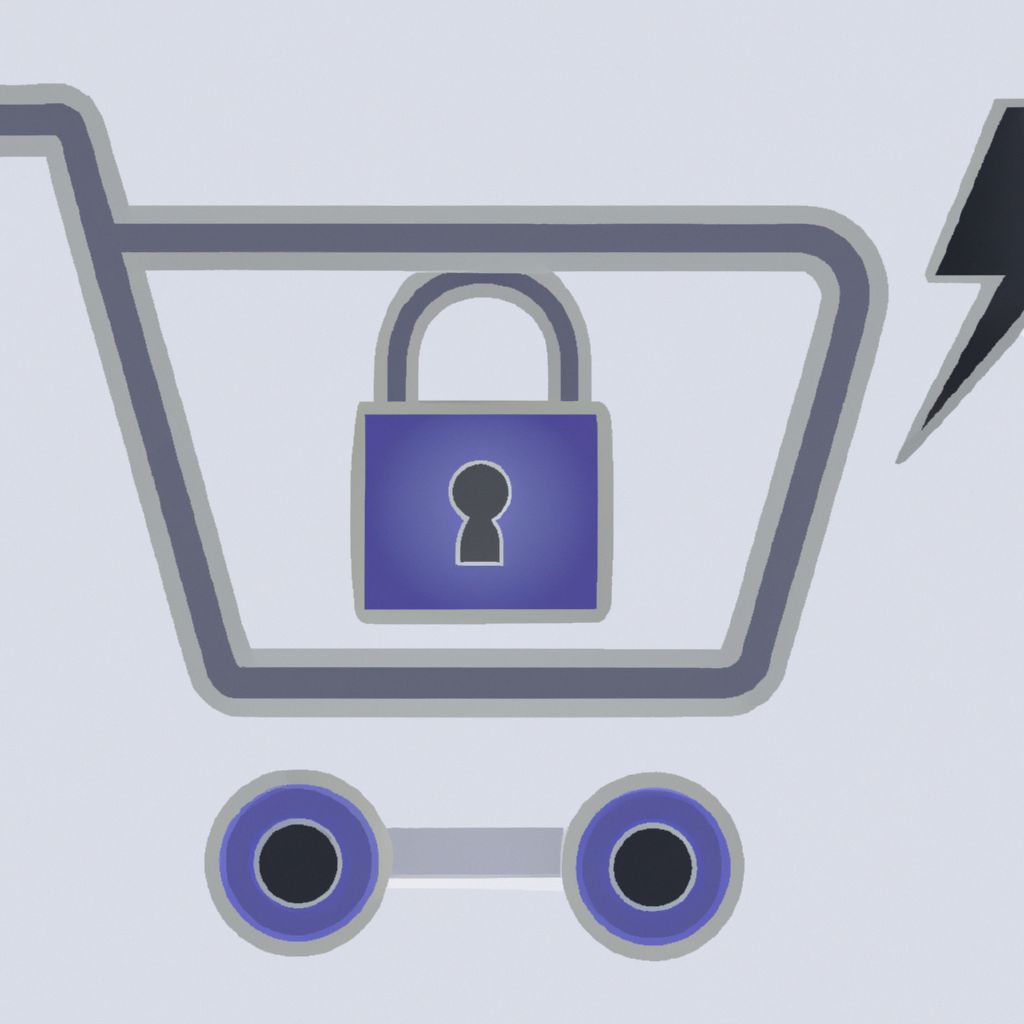In the bustling digital marketplace, an e-commerce website is more than just a storefront; it's a repository of valuable customer data and a conduit for financial transactions. This makes it a prime target for cyberattacks. A security breach can not only lead to significant financial losses and regulatory fines but also irrevocably damage customer trust, the very foundation of online business. Protecting your platform isn't optional—it's essential for survival and growth.
This post outlines key strategies to fortify your e-commerce website against the ever-evolving threat landscape.
1. Secure Payment Processing (PCI DSS Compliance)
Handling credit card payments means adhering to the Payment Card Industry Data Security Standard (PCI DSS). Compliance isn't just a regulatory hurdle; it's a framework for robust security practices.
- Key Actions: Use PCI-compliant payment gateways, avoid storing sensitive cardholder data unless absolutely necessary (and only if compliant), segment your network to isolate cardholder data environments, and regularly validate your compliance status through required scans and assessments. Partnering with compliant third-party processors can significantly reduce your scope and risk.
2. Protect Customer Accounts
Compromised customer accounts are gateways for fraud. Implementing strong authentication and monitoring is crucial.
- Key Actions: Enforce strong, unique password requirements for customer accounts. Implement Multi-Factor Authentication (MFA), especially for login and sensitive actions like changing profile details or password resets. Monitor for suspicious login activity, such as multiple failed attempts or logins from unusual locations. Educate customers about creating strong passwords and recognizing phishing attempts targeting their accounts.
3. Prevent Common Web Application Attacks
E-commerce sites are frequently targeted by common web vulnerabilities like SQL Injection (SQLi) and Cross-Site Scripting (XSS), as outlined by resources like the OWASP Top 10.
- Key Actions: Employ secure coding practices from the outset. Use parameterized queries or prepared statements to prevent SQLi. Validate and sanitize all user input rigorously on both the client and server sides to prevent XSS and other injection attacks. Regularly scan your application for vulnerabilities using dynamic (DAST) and static (SAST) analysis tools.
4. Secure Your Infrastructure
The underlying infrastructure—servers, databases, networks—must be hardened against attacks.
- Key Actions: Keep all systems, software, and third-party components patched and up-to-date to protect against known vulnerabilities. Implement a Web Application Firewall (WAF) to filter malicious traffic and block common attack patterns before they reach your application. Configure firewalls correctly, restrict network access based on the principle of least privilege, and regularly review configurations.
5. Encrypt Data In Transit and At Rest
Sensitive data, whether it's customer PII or transaction details, must be protected both when it's moving across networks and when it's stored.
- Key Actions: Use TLS/SSL (HTTPS) for all data transmission between the customer's browser and your server, as well as between internal systems. Encrypt sensitive data stored in databases (data at rest), such as customer credentials or personal information, using strong encryption algorithms. Manage encryption keys securely.
6. Conduct Regular Security Audits and Penetration Testing
You can't fix vulnerabilities you don't know about. Regular, independent security assessments are vital.
- Key Actions: Schedule periodic vulnerability scans and comprehensive penetration tests conducted by qualified security professionals. These tests simulate real-world attacks to identify weaknesses in your application, infrastructure, and processes. Address findings promptly based on risk level.
7. Develop an Incident Response Plan
Despite best efforts, breaches can happen. A well-defined Incident Response (IR) plan minimizes damage and ensures a swift, organized recovery.
- Key Actions: Create a formal IR plan detailing steps for detection, containment, eradication, recovery, and post-incident analysis. Define roles, responsibilities, and communication channels. Test the plan regularly through simulations or tabletop exercises to ensure readiness.
Conclusion: Security as a Business Enabler
Securing an e-commerce website is an ongoing process, not a one-time task. It requires a multi-layered approach encompassing technology, processes, and vigilance. By prioritizing secure payment processing, robust account protection, defense against common web attacks, infrastructure hardening, data encryption, regular testing, and incident preparedness, you build not just a safer platform, but a more trustworthy and successful business. In e-commerce, security isn't just a feature; it's foundational.
Disclaimer: This post represents the view of the individual author that wrote it and not necessarily the view of Rarefied Inc.
Looking for professional security testing?
Based on your interest in this topic, you might benefit from our specialized security services:
